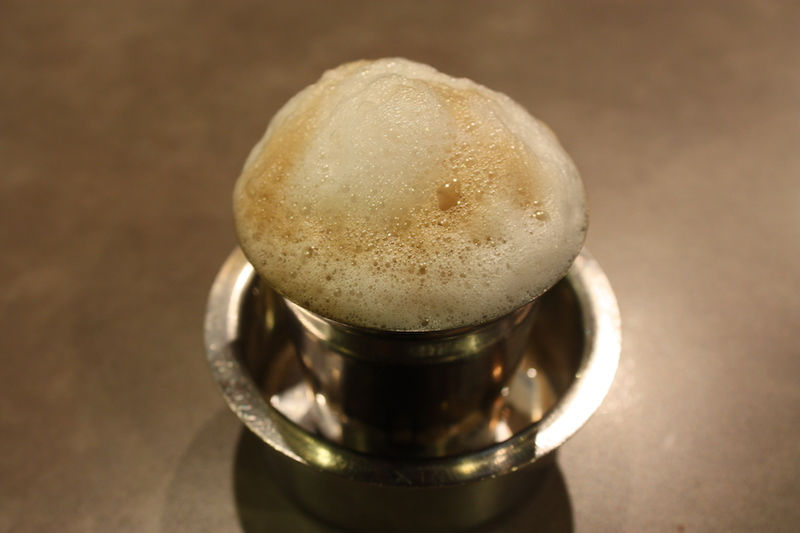Coffee varieties of India
- P Amith

- Jan 4, 2020
- 3 min read
Updated: Jul 31, 2020
The coffee tree
There are more than 120 discovered varieties of the coffee tree and counting but only two varieties are of global significance. The all important but not so great tasting Robusta and the darling of specialty coffee industry - Arabica.

Image: Ripe coffee cherries on a coffee tree
The uniquely Indian staples – Robusta & Chicory
No discourse on Indian coffee is complete without talking about two unique aspects – the Robusta bean variant and the chicory plant.
The Robusta variety, although very prevalent in India and Asia, does not have a very pleasant taste as compared to the darling of the industry – the Arabica variety. Robusta’s taste is typically described as bitter, rubbery & burnt wood. It does have twice the caffeine content of a typical Arabica variety though, hence its significance to the global coffee industry.
Robusta is a key ingredient of instant coffee and of many popular global espresso blends made by the likes of Lavazza, Illy etc.
Robusta is a more resilient crop than Arabica and grows easily at lower altitudes. Roughly 70% of Indian coffee exports are of Robusta variety and Italy is consistently the biggest consumer of Indian Robusta beans.

Image: The chicory plant & its roots
Chicory is a plant native to France. The root of the radish like plant can be roasted and ground and added to coffee. On its own it does not contain any caffeine but adds a weak & bitter coffee like flavour to the blend.
People started adding chicory to their coffee due to shortage of coffee beans during the wars. according to Antony Wild (author of 'Coffee: A Dark History'), the use of chicory became popular in France during Napoleon's ‘Continental Blockade' Of 1808, which resulted in a major coffee shortage.

Image: Filter coffee, south Indian style
No one is exactly sure of when & why chicory was added to the south Indian filter coffee but the reasons are most likely due to the economics of it. Chicory root costs 1/5 of Arabica beans and its use cannot be detected since the taste is pretty much consistent with that of coffee beans.
Many Indian manufacturers of instant coffee powder such as Bru, Tata coffee etc. also add 20-40% chicory in their products.
Now that we are done talking about the necessary evil in Indian coffee – i.e. Robusta & Chicory, the rest of this article will focus on the gold standard in specialty coffee – the Arabica bean variants.
The most famous coffee bean export from India over the decades have been the Moonsooned Malabar, Mysore Nugget & Robusta Kaapi Royale.
The conventional perception of Indian origin coffee amongst international coffee experts is that most of it is of unknown specific origin & heavy, creamy, low in acidity but not particularly complex.
In other words, Indian origin coffee does not have a sexy reputation such as coffees of Columbian, Kenyan, Ethiopian or Costa Rican origins.
Large part of this is due to the traditional, bureaucratic way of doing things in Indian society and the deep class divide which goes against the grain of specialty coffee in giving the coffee farmer the due recognition & fame.
However, I firmly believe that India has a lot of potential in specialty coffee in terms of terroir, availability of talent etc.. In the past decade there have emerged a handful of entities who are trying to challenge the norm, one cup at a time. I have great hopes for the future of Indian origin coffees.
Rant over and back to variety basics - the Indian Arabica varieties are typically cultivated in elevations ranging from 400m to 2000m in regions that receive 2,500–4,000mm rainfall across more than 100 days. The Arabica varieties grown are:
Kent, S795, S274, Selection 4, Selection 5, Selection 5B, Selection 6, Selection 9, Selection 10 & Cauvery.

The traditional coffee growing states of India are Karnataka - with the lion's share of coffee production & exports, Tamil Nadu, Kerala and more recently, Andhra Pradesh, Orissa and North East region.



Comments